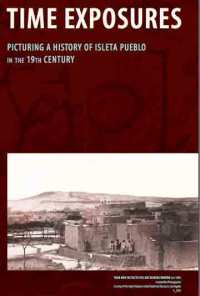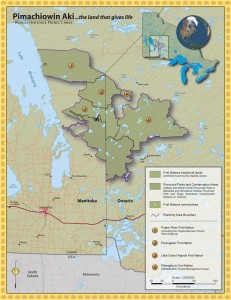This is part of the conference “Building Partnerships Between Archives and Indian Communities,” held at the American Philosophical Society (APS) in Philadelphia, May 2010.
“Introduction.” APS Executive Officer Pat McPherson.
“This language archive is vitally important when many of these languages are in danger of extinction. We are here to celebrate the archive and work together to make it available to Native Americans and scholars.”
“Native American Languages as a Core Tradition of the APS.”
Regna Darnell, Director of the First Nations Studies Program at the University of Western Ontario.
“As the founding director of the First Nation Studies Program, I can tell you that universities are reawakening the protocols of collaborative partnerships. APS is pivotal for the study of Native American languages and to some extent, of Native Peoples.
Thomas Jefferson, Third President of the United States. He recorded Indian vocabularies. / APS Prints Collection.
“[America’s] Founding Fathers classified the indigenous population as a ‘cabinet of curiosities,’ categorizing them in the natural science field as part of Enlightenment thinking. They also amassed data on the languages of the peoples of America. The Founding Fathers prized something ‘American’ over the Old World, and identified with Native Americans such as by dressing up as them for the Boston Tea Party.
“Early APS Members who were anchored in philosophy did not conduct anthropological fieldwork, though Wilhelm Van Humboldt called for the need to have accurate data numbers on the languages.
“In the book ‘Jefferson and the Indians,’ it tells of Jefferson admiring the freedom of native people living outside of civilization. He thought of the Indians as noble but disappearing, and thus needed records to be available for study of them. Jefferson’s Indian vocabularies was lost in 1809 when he moved to Monticello, but there are remnants at the APS. He recognized the diversity of the Indian languages, and thought that they were the key to the affinity of nations, though he collected mostly Algonquin vocabularies.
Jefferson's Indian Vocabulary List. List of words, in English, with space for listing the Indian equivalent, 1792. / APS American Indian Vocabulary Collection.
“Jefferson’s vision of science is at the core of the APS. Jean Duponceau classified Indian languages on grammar rather than vocabulary, but Jefferson rejected that. But both were mistaken. John Pickering designed a uniform orthography. Albert Gallatin created a map of linguistic groups and a vocabulary. Henry Schoolcraft made Ojibwe narratives. Lewis Cass advised Jefferson on the Lewis and Clark expedition. Daniel Brinton transcribed the Iroquois Bill of Rights, made migration legends and kept Philadelphia on the map for professional anthropology.
“Brinton became the first anthropology professor in the country at the University of Pennsylvania. In 1894 he presented at the World’s Fair, and was the first to include South American languages, drawing the hemisphere into a single fold. Franz Boas, whose base remained in academia, wrote the 1911 “Handbook to American Indian Languages.” Through the 1920s, he developed and catalogued based on fieldwork, demonstrating that each language has its own structure.
“APS kept the manuscripts safely, and now with partnership is establishing communication, respect, collaboration and continuity that lasts across centuries.”





You must be logged in to post a comment.